Prepare Now to Protect Yourself During Respiratory Illness Season
(NewsUSA) - Children are returning to school and fall is fast approaching, which means respiratory illness season is right around the corner. Health experts urge that now is the time to think about how you will reduce your risk of severe illness from COVID-19 and flu in the months ahead, including staying up to date with the latest vaccines. Health officials also underscore that COVID-19 and flu are both serious illnesses that rank among the leading causes of infectious disease deaths in the United States.
- Children are returning to school and fall is fast approaching, which means respiratory illness season is right around the corner. Health experts urge that now is the time to think about how you will reduce your risk of severe illness from COVID-19 and flu in the months ahead, including staying up to date with the latest vaccines. Health officials also underscore that COVID-19 and flu are both serious illnesses that rank among the leading causes of infectious disease deaths in the United States.
Experts with Champions for Vaccine Education, Equity, and Progress (CVEEP), a coalition dedicated to promoting vaccine education and access, echo this guidance, underscoring that timely vaccination is the most effective defense against severe illness and hospitalization. "Receiving the latest COVID-19 and flu vaccines when they become available this fall is crucial," notes HealthyWomen CEO and CVEEP convener Beth Battaglino. "Viruses like those that cause COVID-19 and flu mutate over time and vaccines are specifically updated on a regular basis to counter these newly circulating variants.”
This summer, the nation has experienced a significant surge in COVID-19 cases, attributed to an evolving virus. To survive, the COVID-19 virus is constantly changing, leading to the emergence of new variants. These new variants can escape our natural immune response, and the protection provided by previous vaccines.
As new variants arise, the protection provided by vaccines can wane. That’s why staying up to date on your COVID-19 and flu vaccines is critical. Like flu vaccines, COVID-19 vaccines are regularly updated to protect against the variants predicted to circulate during the upcoming respiratory illness season, typically spanning from September to March.
Staying current with COVID-19 and flu vaccines significantly reduces the risk of severe illness, hospitalization, and death. In fact, recent studies have shown that flu shots reduce the risk of illness by up to 60% and COVID-19 vaccines lower the risk of hospitalization by 80% and death by 90%.
The updated COVID-19 and flu vaccines are expected to be available in the coming weeks. The Centers for Disease Control and Prevention (CDC) recommends that all individuals aged 6 months and older receive these vaccines. Consult your healthcare provider or local pharmacy to learn more about availability.
Visit CVEEP.org/stayupdated for additional information and vaccination resources.

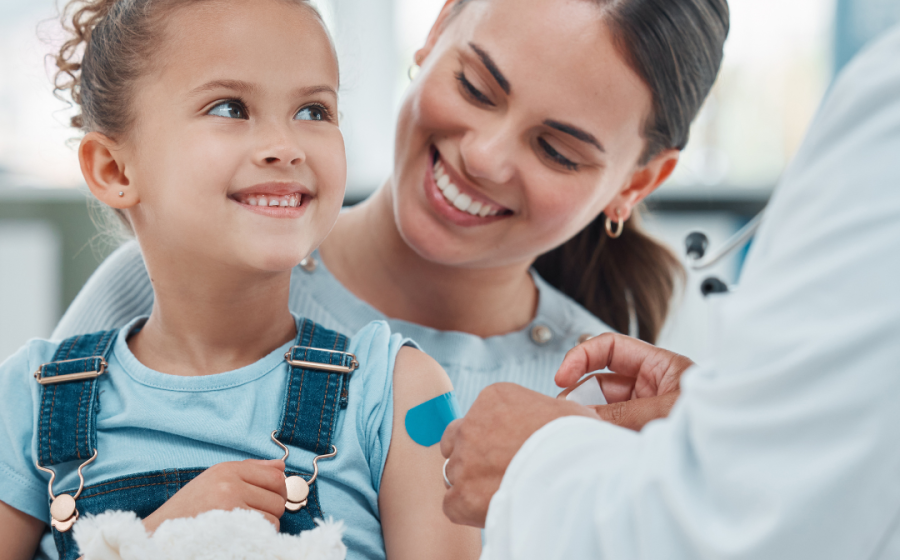
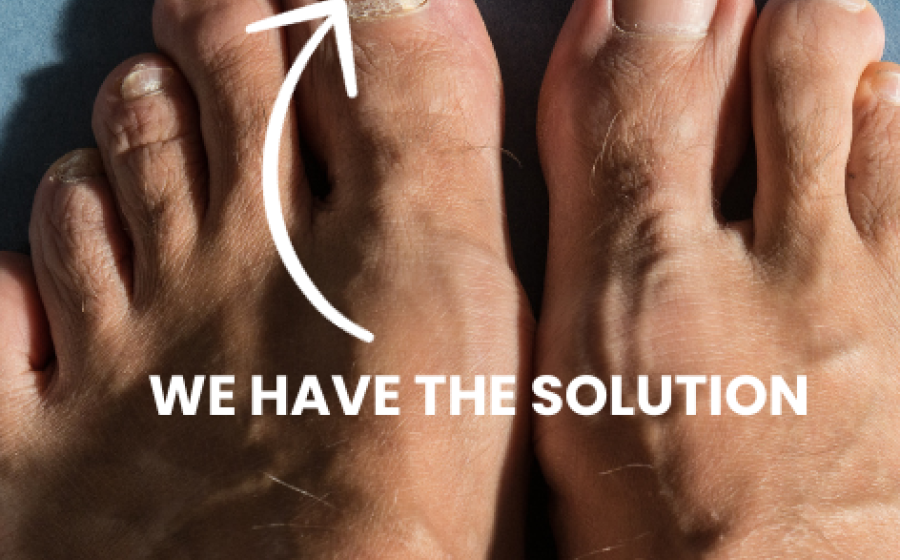
 - Say hello to the uninvited guest: toenail fungus, the ultimate party crasher for your confidence! It’s not just about feeling uneasy; it’s like a fashion police for your feet, dictating a strict ‘no’ to those fabulous sandals and making you think twice before exposing your toes. And let’s talk about those doctor discussions - brace yourself for some seriously cringeworthy moments!
- Say hello to the uninvited guest: toenail fungus, the ultimate party crasher for your confidence! It’s not just about feeling uneasy; it’s like a fashion police for your feet, dictating a strict ‘no’ to those fabulous sandals and making you think twice before exposing your toes. And let’s talk about those doctor discussions - brace yourself for some seriously cringeworthy moments!
 - The summer heat still lingers, but parents and caregivers have embarked on the annual ritual of preparing children for the school year ahead. Store shelves overflow with school supplies, and dorm décor, a clear sign of this busy season. Amidst the hustle, one crucial task often gets overlooked: ensuring children are up to date on their recommended immunizations. This is especially vital for students heading to college or living in group settings, where reminders or school-entry vaccination requirements may be lacking.
- The summer heat still lingers, but parents and caregivers have embarked on the annual ritual of preparing children for the school year ahead. Store shelves overflow with school supplies, and dorm décor, a clear sign of this busy season. Amidst the hustle, one crucial task often gets overlooked: ensuring children are up to date on their recommended immunizations. This is especially vital for students heading to college or living in group settings, where reminders or school-entry vaccination requirements may be lacking.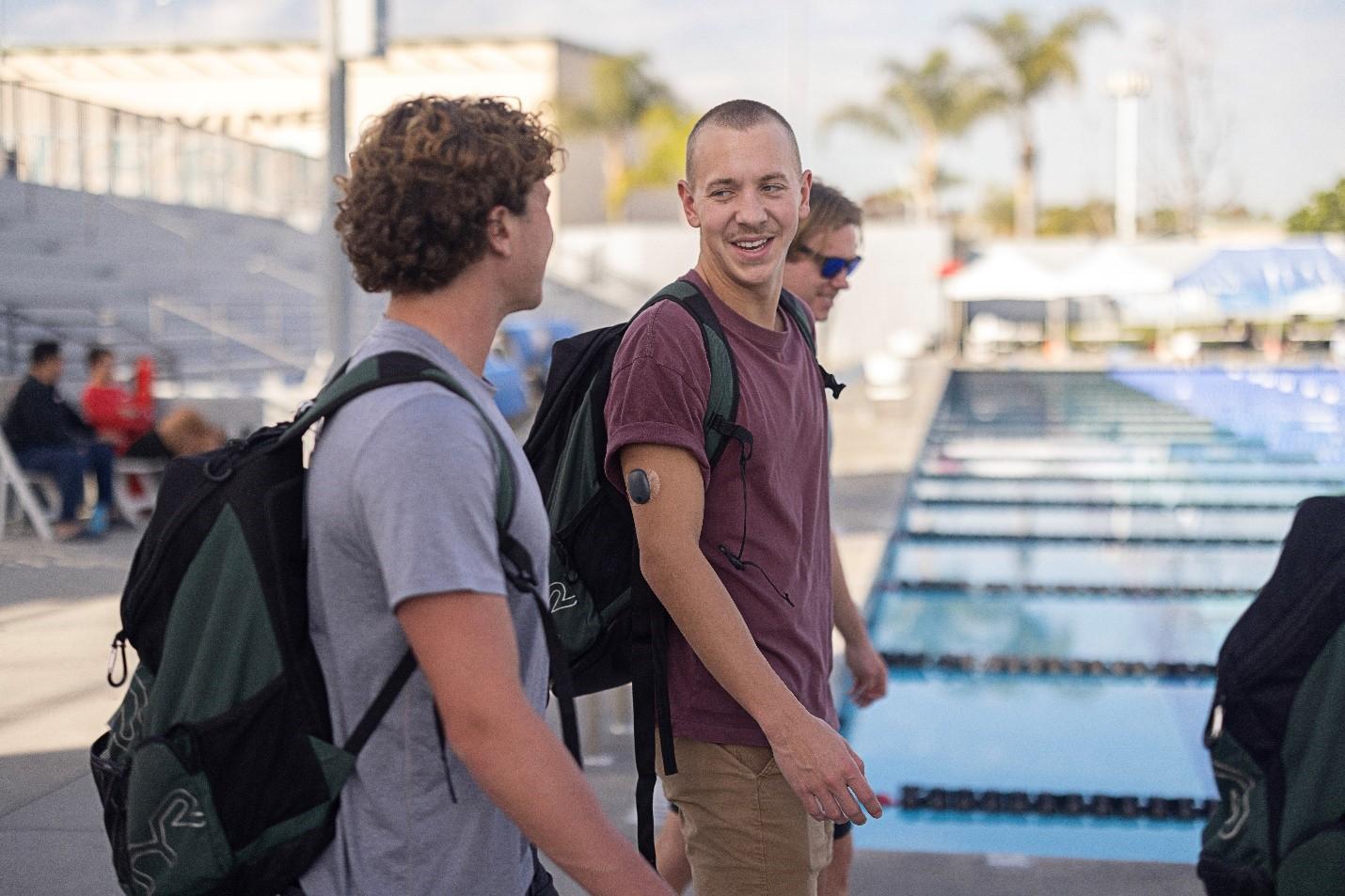
 - Newly diagnosed college student Trevor Dixon shows that managing diabetes doesn’t get in the way of an active life at the transition to adulthood
- Newly diagnosed college student Trevor Dixon shows that managing diabetes doesn’t get in the way of an active life at the transition to adulthood

 - Buying over-the-counter (OTC) medicines or dietary supplements online can be easy and convenient, but how can you be sure that you know and trust the seller? As the number of counterfeit OTC products sold online has grown in recent years, along with scammers’ abilities to mimic legitimate products, experts at the Health In Hand Foundation, a non-profit with 20 years of helping consumers safely choose and use consumer healthcare products, are here to help you navigate the ever-changing landscape of counterfeit and resold OTC products.
- Buying over-the-counter (OTC) medicines or dietary supplements online can be easy and convenient, but how can you be sure that you know and trust the seller? As the number of counterfeit OTC products sold online has grown in recent years, along with scammers’ abilities to mimic legitimate products, experts at the Health In Hand Foundation, a non-profit with 20 years of helping consumers safely choose and use consumer healthcare products, are here to help you navigate the ever-changing landscape of counterfeit and resold OTC products. 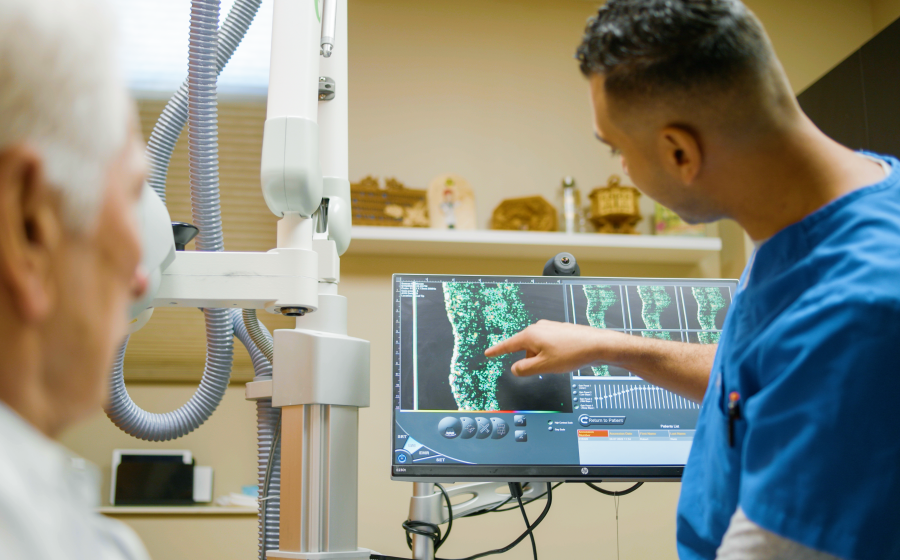
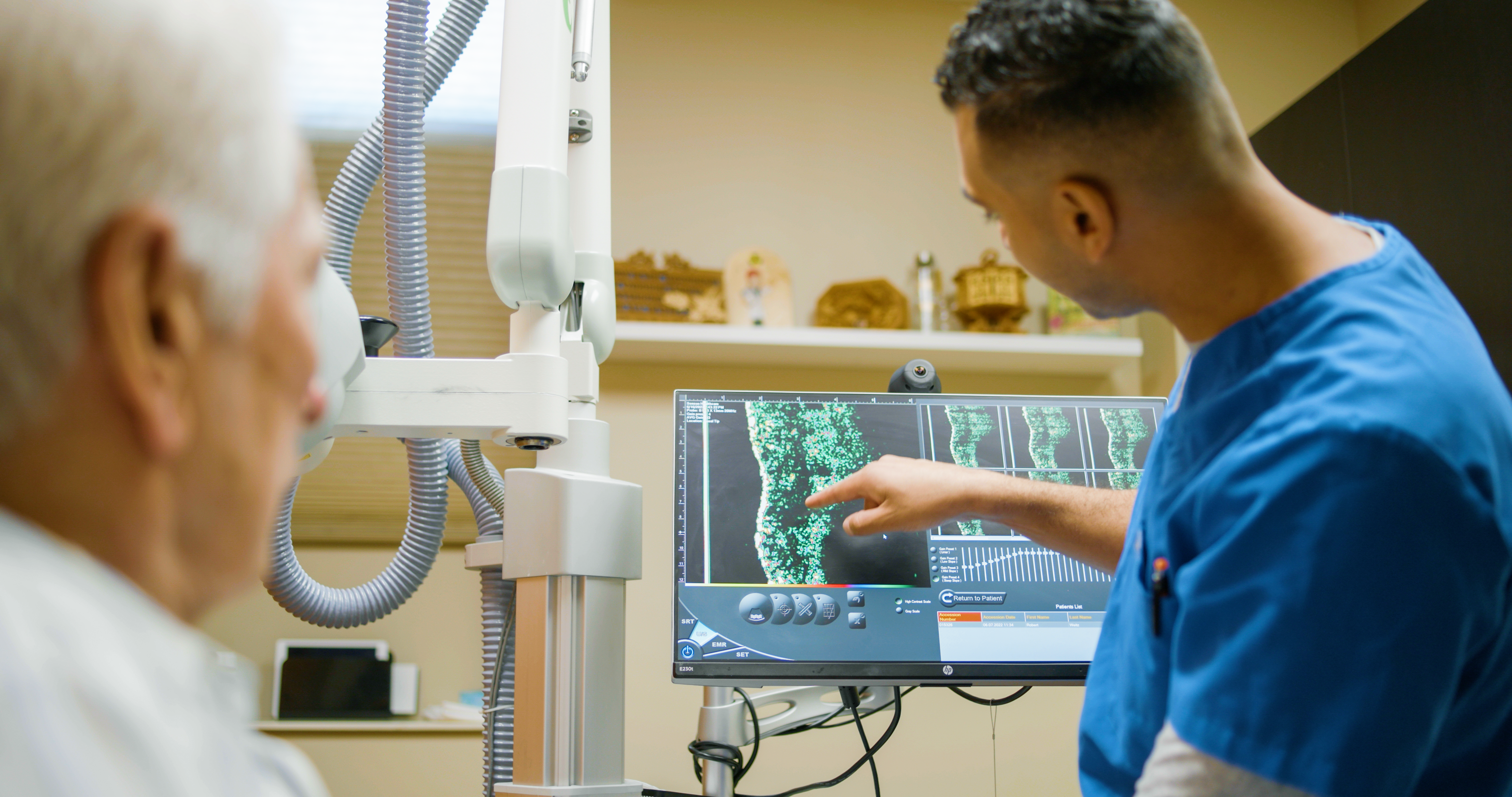
 -
- 

 - Due to a new law, more people qualify for more prescription drug savings with Medicare’s Extra Help program, so it could pay to apply even if you don’t think you qualify or if you were denied before. Many people qualify for Extra Help and don’t know it.
- Due to a new law, more people qualify for more prescription drug savings with Medicare’s Extra Help program, so it could pay to apply even if you don’t think you qualify or if you were denied before. Many people qualify for Extra Help and don’t know it. 
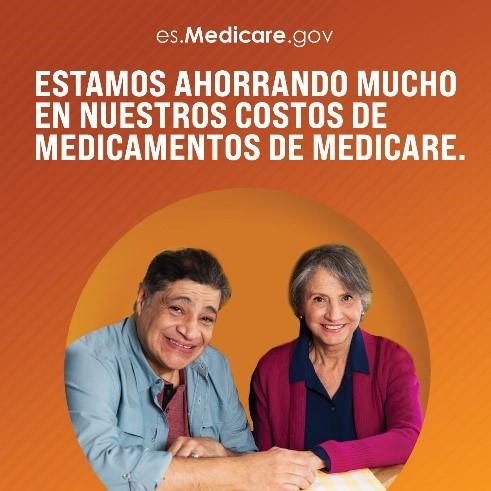
 Debido a una nueva ley, más personas califican para ahorrar más en medicamentos recetados con el programa Ayuda Adicional de Medicare, por lo que podría valer la pena solicitarlo incluso si cree que no califica o si se le negó antes. Muchas personas califican para Ayuda Adicional y no lo saben.
Debido a una nueva ley, más personas califican para ahorrar más en medicamentos recetados con el programa Ayuda Adicional de Medicare, por lo que podría valer la pena solicitarlo incluso si cree que no califica o si se le negó antes. Muchas personas califican para Ayuda Adicional y no lo saben.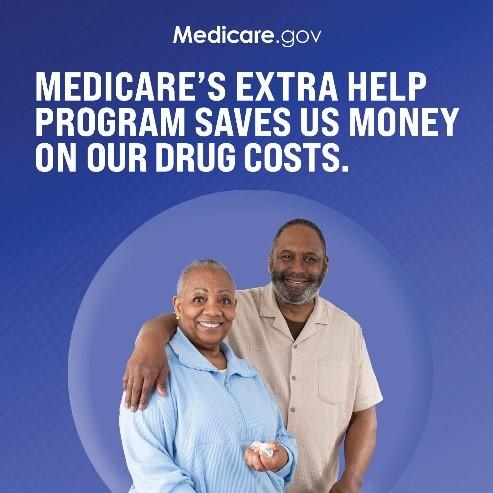
 Due to a new law, more people qualify for more prescription drug savings with Medicare’s Extra Help program, so it could pay to apply even if you don’t think you qualify or if you were denied before. Many people qualify for Extra Help and don’t know it.
Due to a new law, more people qualify for more prescription drug savings with Medicare’s Extra Help program, so it could pay to apply even if you don’t think you qualify or if you were denied before. Many people qualify for Extra Help and don’t know it. 

 - Recently, there has been a lot of discussion by politicians about how to address prescription drug prices and out-of-pocket costs for Americans. Unfortunately, some of that discussion has wrongfully pointed the finger at pharmacy benefit companies (PBMs).
- Recently, there has been a lot of discussion by politicians about how to address prescription drug prices and out-of-pocket costs for Americans. Unfortunately, some of that discussion has wrongfully pointed the finger at pharmacy benefit companies (PBMs).



